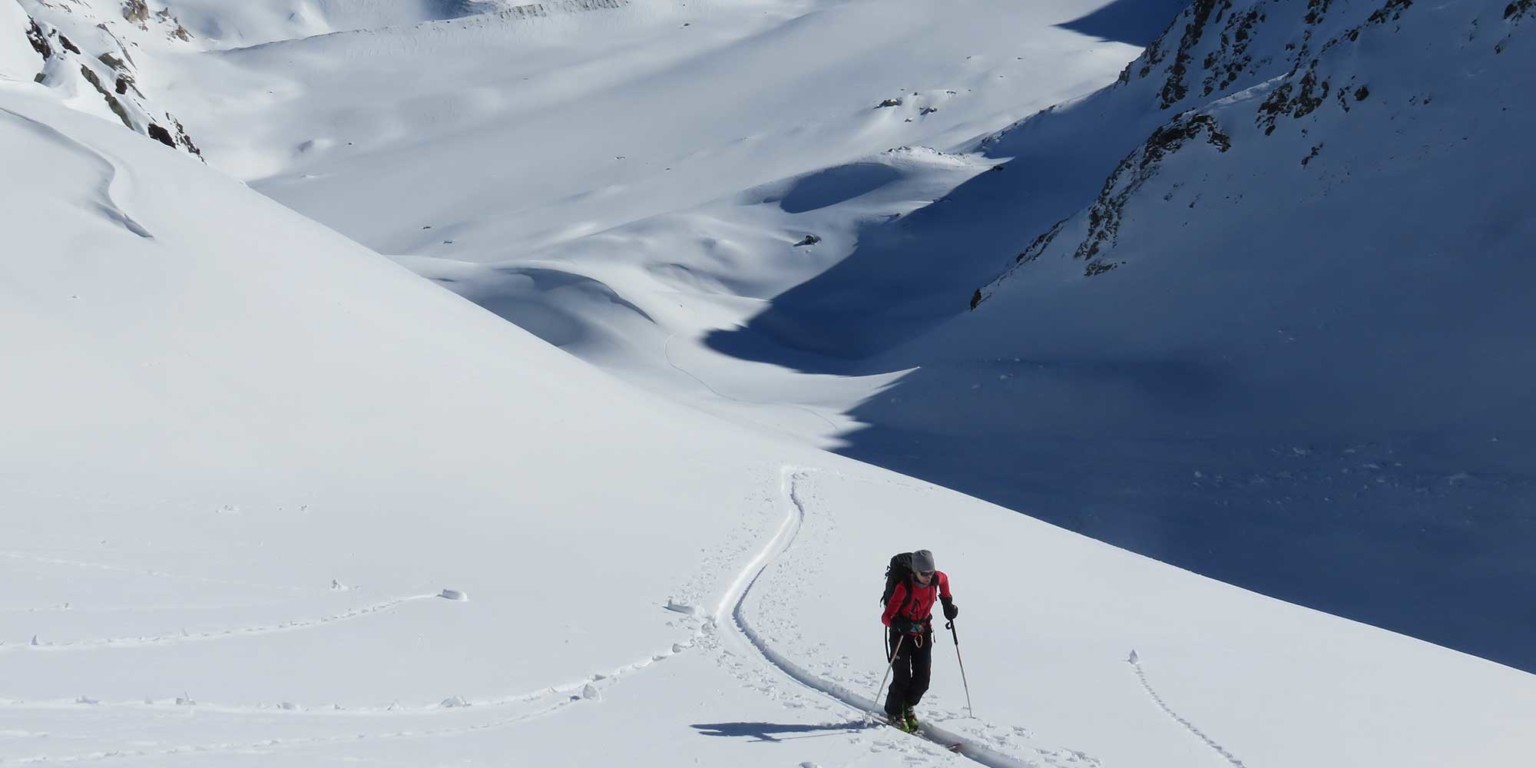Choose Your
Touring Skis

The days where we had to compromise choosing touring skis are long gone! Having to choose between weight and manoeuvrability, light equipment or a silky smooth descent…Today’s touring skis are designed and engineered to be both lightweight as well as stable. The best of both worlds!
Of course there will always be some exceptions to the rule, but in general today’s touring skis are all lightweight and yet stable enough when skiing down. Nevertheless we can still recognize 3 different categories when choosing touring skis:
- lightweight touring skis
- versatile allround touring skis
- freeride touring skis
Wich category to choose?
The Lightweight Ski
Your goal is to get up the mountain as fast as possible, principally using groomed itinerairies going up as well as coming down? Then this is definitely the right touring ski for you. A very light ski with a thin tip, usually accompanied by a lightweight binding as well as boots, allowing you to glide up with less effort and even do several ascents in one day. In general this ski is about 10 to 20cm shorter than you are. However, this also means the way down won’t be the easiest part of your outing. Therefore sticking to groomed slopes is definitely the best option!
The Allround Touring Ski
The perfect combination of a swift ascent and a fun descent! With it’s width between 75 and 85mm you dont have to worry so much about sticking to perfectly groomed snow on the way down. Besides it’s width another factor of stability is it’s lenght. Measuring up to your lenght and minimum 10cm smaller it can handle powdery descents and steeper terrain without difficulty.
The Freeride Touring Ski
You’ve got a whole day of backcountry skiing planned? Get your freeride skis out. Far away from groomed terrain this wide ski (85mm to 95mm) comes into it’s own, as you attack steep slopes and deep powdery snow as well as choppy snow lower down the mountain. Of course this ski will be slightly heavier, but to give you the edge hold and stability you need on dodgy terrain and jumping off obstacles you’ll gladly take you time on the way up! A slightly larger tip will help you float better, and a lenght approximately the same as your own will ensure you don’t lose out on agility in narrow couloirs and gullies.


